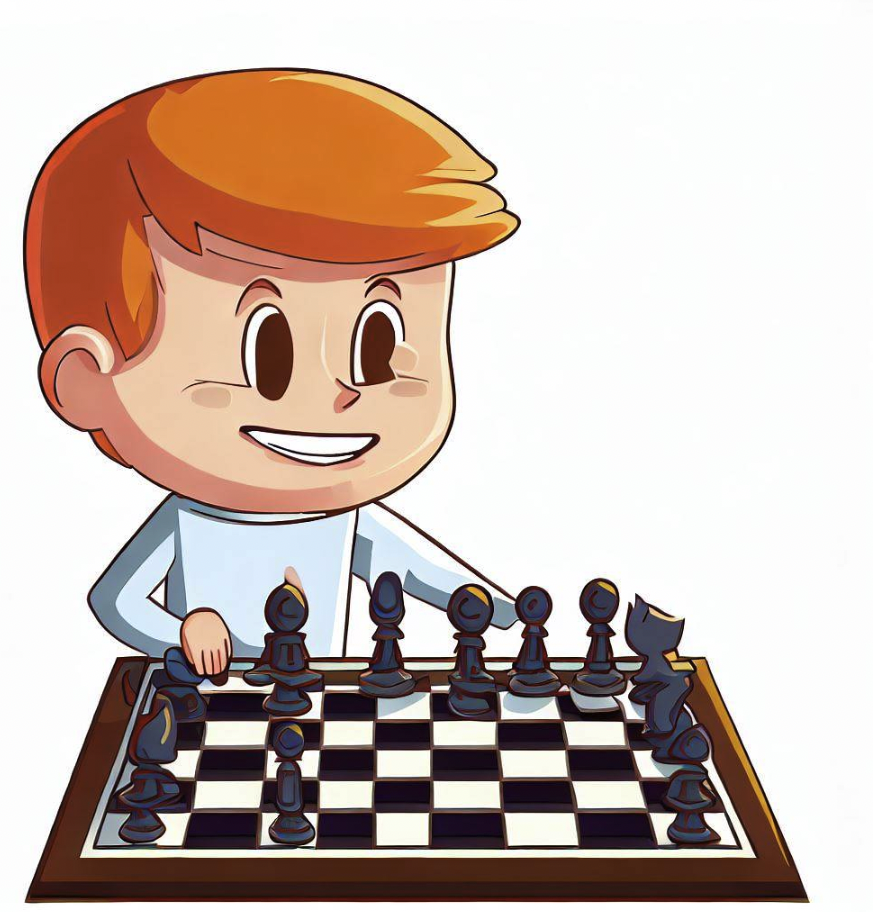Active Chess is a unique and captivating variant of traditional chess that introduces a fresh and exciting dimension to the ancient game of strategy.
Developed in 1989 by G. Kuzmichov, the game incorporates an expanded 9×8 board and additional chess pieces, namely a second queen and an extra pawn.
This augmentation of the conventional game dynamics adds an entirely new level of complexity and strategy, forcing players to think even deeper and adapt to new scenarios.
History and Development
The creator, G. Kuzmichov, envisioned a game that would incorporate all the elegance, strategic depth, and intellectual rigor of traditional chess, while introducing fresh elements that push the boundaries of the players’ strategic thinking.
In 1989, Kuzmichov introduced Active Chess to the world, a game that achieves this vision by expanding the standard 8×8 board to a 9×8 configuration and adding a second queen and an extra pawn to each player’s arsenal.
The Game Board
In Active Chess, the board is arranged in a 9×8 grid.
This arrangement increases the total number of squares on the board from the standard 64 to 72.
The extra column lends itself to complex maneuvers and tactics that are simply not possible on the standard 8×8 board.

New Pieces
Active Chess introduces an additional queen and pawn for each player.
The second queen provides a powerful tool that significantly alters the game’s strategic landscape, offering a myriad of new offensive and defensive possibilities.
An additional pawn also brings new potential for strategic depth and complexity, opening up a wider array of possible pawn structures and endgame scenarios.
Optimal Starting Position
One of the unique facets of Active Chess is the optimal starting position for the second queen.
The game’s creators found that the best position for this piece was on the eighth or ninth files.
Positioning the second queen in this manner allows for maximum use of the queen’s powers and offers the most strategic flexibility, making it an integral part of Active Chess’s strategic depth.
Conclusion
Active Chess, with its 9×8 board and the inclusion of an extra queen and pawn, represents a stimulating and challenging variant of traditional chess.
In its essence, Active Chess is a testament to the game’s enduring adaptability and its capacity to challenge the intellectual faculties of its players, despite its age-old roots.
The game, developed by G. Kuzmichov in 1989, offers a fresh perspective on the classic game of chess, inviting enthusiasts to delve into new depths of strategic possibilities.
This chess variant speaks to the timeless appeal of chess and its enduring ability to captivate the minds of players around the globe.


